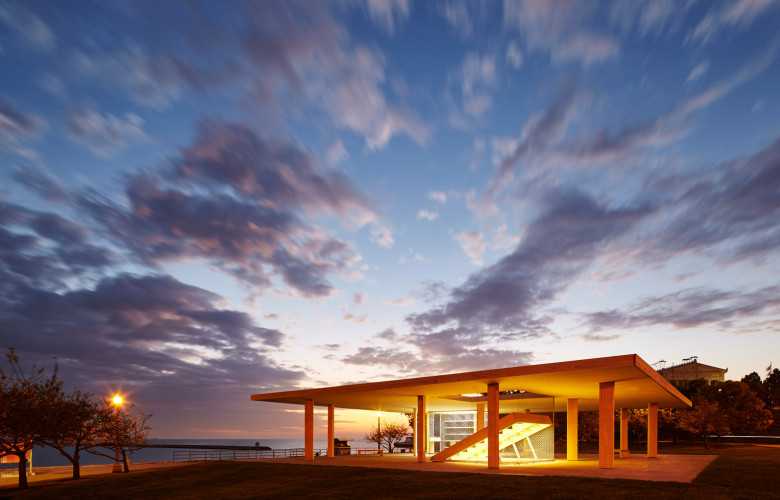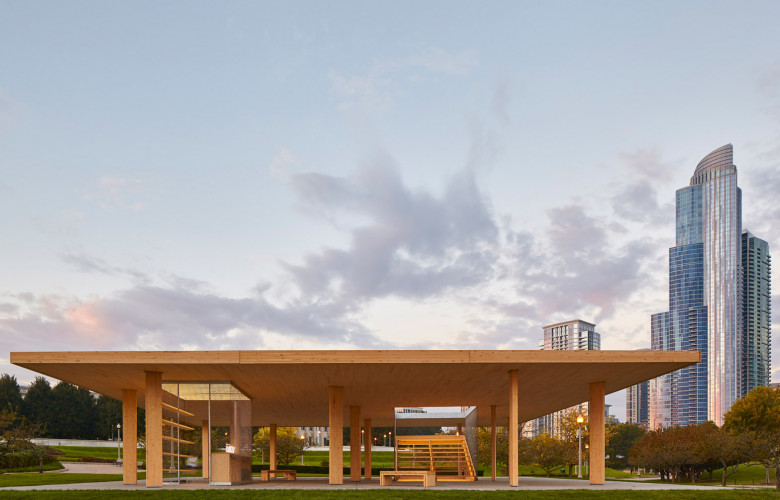The timber age
Contact
Move over steel and concrete, wood is emerging as the architectural wonder material of today. Architects around the world are increasingly using wood in their designs, praising its sustainability, quality and speed of construction.
"This is the beginning of the timber age," says UK architect Andrew Waugh of Waugh Thistleton, who is building a London housing development that will use more timber than any other project in the world. Waugh says building in wood is "super fast, super accurate, and also makes the most amazingly beautiful spaces." The advent of cross laminated wood—an engineered wood consisting of laminated timber sections—can create robust, solid buildings. Commonly called CTL, the material is produced by layering three, five or seven timber sections of wood at right angles, then glueing them together. It can be prefabricated in a factory and is much lighter than steel and concrete.
CLT has significant advantages over steel, concrete or masonry construction in terms of environmental credentials, speed, weight, and structure as finish.
Globally, there are several new buildings that demonstrate the material's potential, including a Chicago pavilion with an expansive self-supporting roof and the high-rise apartment building that won this year's prestigious Finlandia Prize for Architecture. There are also timber skyscrapers planned for Sweden, Canada and Austria. "Mass timber buildings are changing the scale of what is possible to be built in wood around the world," said
Canadian architect Michael Green urged architects and engineers to swap steel and concrete for timber in his 2012 publication The Case For Tall Wood. Green said that, while there has been no reason to challenge the role of steel and concrete in construction before, climate change now demands that we do.
"As a renewable material grown by the power of the sun, wood offers us a new way to think about our future," said Green. "To do so means reinventing wood; making it stronger, more firesafe, more durable and sourced from sustainably managed forests."
See also:










